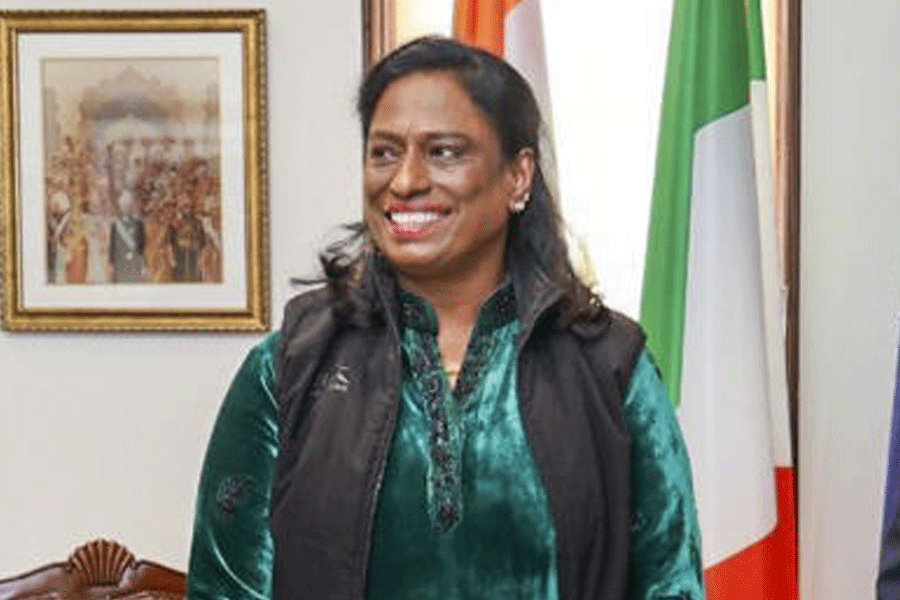Fish vendors made a killing as Odisha observed “pakhala dibas” (soaked rice day), the favourite dish of the masses that goes well with fish. Buyers had to pay at least Rs 20-30 more per kg of various types of fish at all the markets of the capital city.
While rohu per kg sold for Rs 200, the prices of prawn, depending upon size and quality, varied from Rs 400 to Rs 600. Pakhala or rice soaked in water is the favourite food of the Odias, especially the poor and lower middle class, during the summer. The poor consume it round the year because it is cheap.
However, the growing popularity of pakhala is now cutting across the class divide with even the rich having it during the summer. The dish, with varied side items, is also served in five star hotels of the state these days. Pakhala also has great nutritional value, a fact established by a research carried out by All India Institute of Medical Sciences (AIIMS) Bhubaneswar.
Every year, March 20 is celebrated as pakhala dibas. Pakhala is served with a variety of supporting items such as fish fry, brinjal and potato, saga (spinach) fry. Pakhala can be enjoyed even with a piece of onion. But fish is enjoyed the most with this dish.
As Odias across the state enjoyed pakhala on Sunday, the tourism department tweeted, “As the mercury is rising, every Odia household is set to prepare its version of scrumptious pakhala platter to beat the summer heat. Happy. Those who are vegetarians eat Pakhala without fish.”
Hotels and restaurants offered special pakhala to their customers. With the Covid graph showing a downward curve and markets opening people made a beeline to hotels to enjoy pakhala. At the roadside dhabas, a plate of pakhala along with a piece of fried fish cost Rs 120. Even star hotels offered pakhala with discount to customers.
Daily wagers, in particular, are fond of this pakhala because of two reasons — one that it is cheap and easy to prepare and another because it keeps their body cool. They eat it while going out for work and also have it for lunch. It replenishes the salt and water lost by the body during manual work. But people of other classes, too, enjoy pakhala, many of them making their own additions to make it tastier or tangier.
Odisha chief minister Naveen Patnaik has a special liking for pakhala. He had earlier said, “I have a special liking for Odia festivals, different pithas and food of Odisha. I had even served Odia food to the guests visiting my home (Naveen Nivas) from outside. Odia cuisine has its own identity and I like pakhala the most.”
He on Sunday posted a video of himself eating pakhala in which he is heard saying that it is his favourite dish. A bowl of pakhala on his platter is accompanied by fish, drumstick and spinach.
“Pakhala is also the favourite dish of Lord Jagannath. It’s also served to the devotees. Mostly pakhala with curd (dahi) and other items are served to the Lord every day. It is intrinsically associated with Odisha’s culture,” said Ramakrushna Das Mohapatra, a senior servitor of the Shree Jagannath Temple, Puri.
Pakhala’s nutrition values, already established by AIIMS, Bhubaneswar, are still being explored. Head of the Institute of Centre of Excellence for Clinical Microbiome Research, Department of BioChemistry, Additional Prof Dr Ramadass Balamurugan told The Telegraph: “We are undertaking a project on pakhala’s nutritional values. Pakhala can be helpful for the undernourished children. Experiment is on to serve pakhala to pregnant women. We are also doing research on which category of rice can be best used for the pakhala.”
Dietician Niharika Das said: “Pakhala is a complete package. It’s a combination of different ingredients. Nutrition rich items are eaten along with pakhalas. In rice we only get carbohydrates. But in pakhalas, we get antimicrobial properties. It boosts the immune system. If you eat the right amount of pakhala, you will also avoid gaining weight.”











